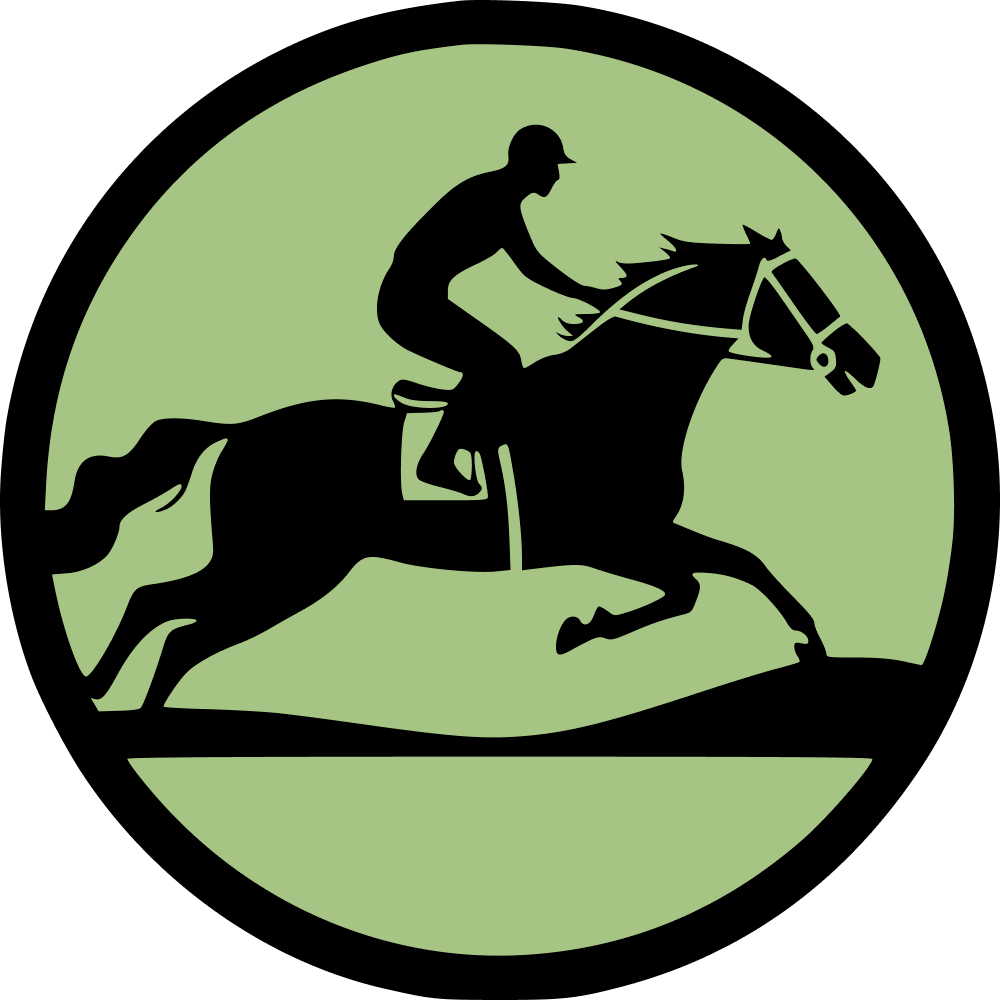This type of racing, known as point-to-point, is self-explanatory as it involves racing from one point to another. While these words could apply to any race with a set start and finish, in the world of horse racing, point-to-point typically refers to amateur steeplechase racing. It serves as a stepping stone for beginners looking to enter the professional National Hunt racing circuit, as it has minimal entry requirements and serves as a training ground for aspiring jockeys.
National Hunt
Horse steeplechase racing has its roots in the southern counties of Ireland, where races between two horses over rough terrain were popular. The first documented race in 1752 took place in County Cork, with a distance of 4.5 miles. The horses jumped over obstacles along the way from one spire to another, leading to the name “steeplechase.”
The steeplechase National Hunt is the most prestigious and challenging steeplechase race, exemplified by the Grand National Race starting in 1839. The race can range from 2 to 4.5 miles with at least 4.5-foot-high fences.
Hurdling is another type of National Hunt race with lower hurdles and a distance of 2 to 3.5 miles. This race serves as a stepping stone for horses to gain jumping experience before moving on to steeplechase.
Flat racing, also known as Hunt Flat or bumper racing, prepares horses for hurdle racing under National Hunt rules. This race is 1.5–2.5 miles long and involves horses who have not yet competed in straight or steeplechase races.
Point-to-Point races provide beginners and amateurs with the opportunity to try hurdling. Some participants find joy in these races, while others use them as a stepping stone to professional National Hunt racing.

Point-to-Point Organisation
Point-to-Point Authority Limited (PPA) serves as the governing body for horse racing, overseeing various organisations within the industry. The Point-to-Point Racing Company (PPRC) registers owners and trainers, maintains race statistics, and establishes race conditions. The Race Clerks Association handles documentation and event coordination with farmers for race locations. The Point-to-Point Owners & Riders Association manages rider and horse registrations, as well as insurance matters. PPA collaborates with the British Horseracing Authority (BHA) on veterinary medicine and racing regulations. The Horserace Betting Levy Board (HBLB) reviews finances and applies for grants for Point-to-Point tracks. To participate in races, horses must have a hunter's certificate and owners must ensure registration with the PRA. Riders need a Hunter Certificate and Rider Qualification Certificate (RQC), obtained through a medical form, examination, and rider assessment if necessary.
How Point-to-Point Races Work
There are approximately 80 tracks across the country that host point-to-point competitions. These events typically occur once or twice per season in farmers' fields, creating a festive rural atmosphere. Food tents and mobile betting stations are set up, with the occasional village fair nearby.
Families gather at these events, bringing children, friends, and even dogs, arriving in cars filled with picnic supplies. There is no strict dress code, and the laid-back atmosphere is akin to unlicensed dog races, with a feeling of freedom and relaxation.
Most events feature 6 races, with distances ranging from 2.5 miles for young horses to the standard 3 miles. The course is required to have at least 18 wooden barriers and 2 ditches, adding an element of challenge for both riders and horses.

Many young people are trying their luck in the world of professional sports. Those who demonstrate promising results and have ambitious plans have the potential to further their careers in professional sports.
There are three categories of horses in the racing world, each determined by their condition and level of preparedness. The first group consists of young horses who are closely monitored for progress. If a horse shows promise and potential, they are trained for professional racing, with Point-to-Point serving as a stepping stone towards a successful career.
The second group of athletes continues to compete in races, gradually improving their skills and racing class over time. These horses are ideal for training and developing the abilities of jockeys.
The third group consists of retired professional horses, who find a second life in the fields of British farmers. A significant percentage of horses competing in Point-to-Point races are former professional athletes, with some competitors over the age of 10, such as the 14-year-old champion Southfield Theatre.
Jockeys who participate in point-to-point competitions receive valuable training, and many of them go on to pursue professional careers in sports. Statistics from the Wetherby Family PPA show that 71% of professional racing jockeys began their careers as point-to-point riders.
This subculture of horse racing has evolved into a national tradition, with dedicated followers and generations of families participating in and supporting the sport. Their love for horses and optimistic spirit creates an atmosphere of immense attraction and affection within the racing community.

